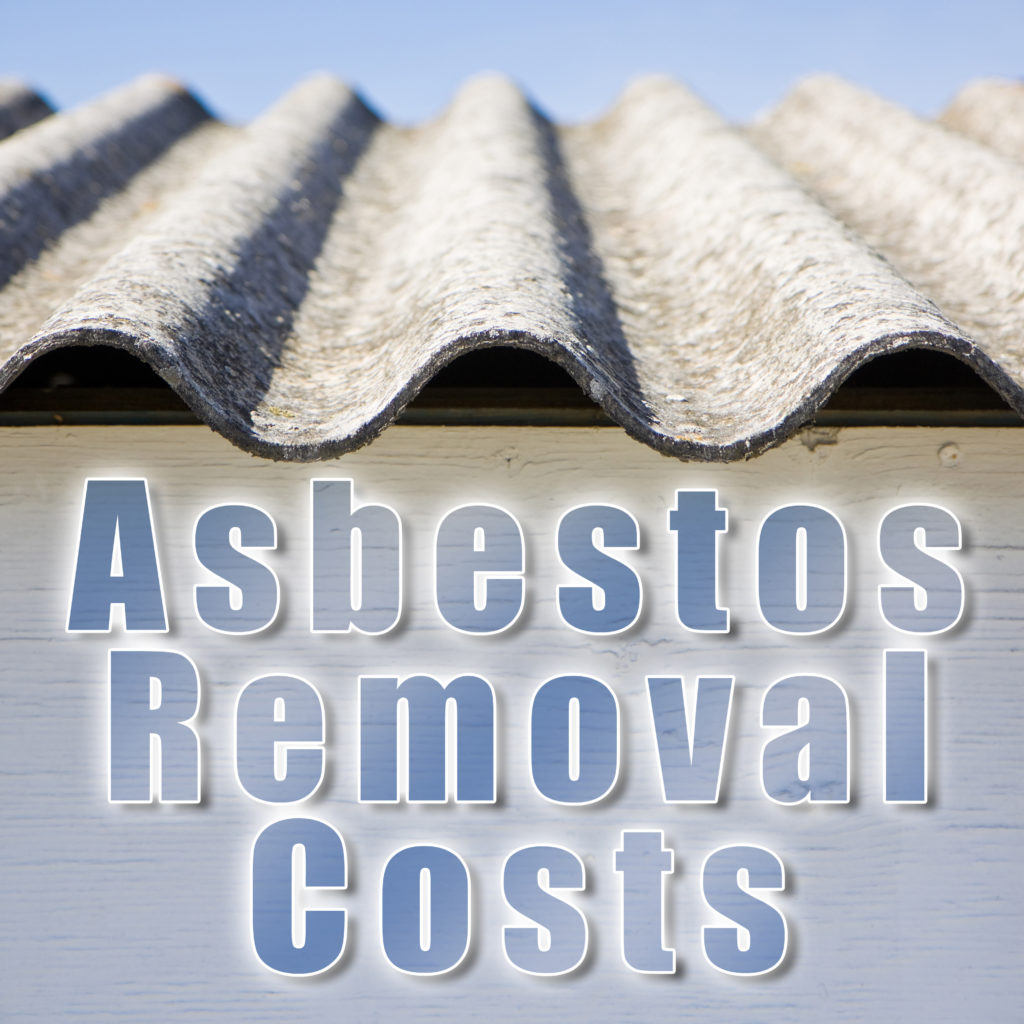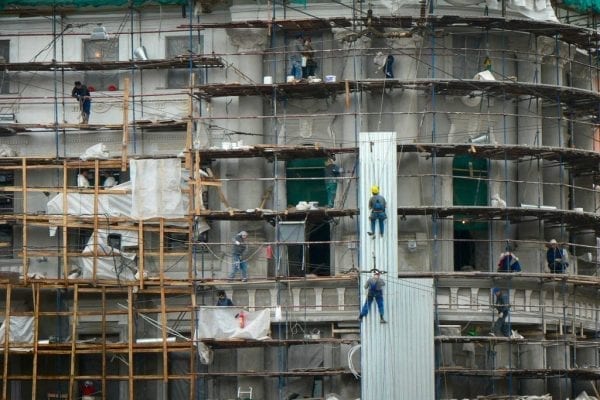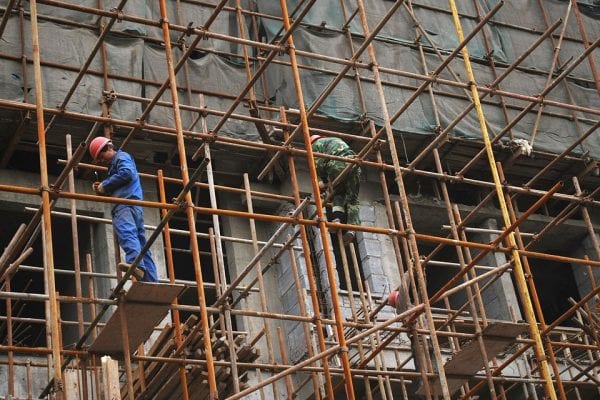If you’ve recently discovered, or fear you may discover, asbestos in one of your buildings, you may be wondering how to estimate the cost of asbestos removal.
Contrary to common belief, asbestos continues to be used in a variety of building applications, and this means that even modern buildings require an asbestos survey prior to renovation or demolition activities. Older buildings may also contain asbestos-containing materials that, due to age and deterioration, may be releasing asbestos fibers into the air, and remediation may be required for that reason.
Estimating the cost of asbestos removal isn’t complicated, but it does depend on a number of factors that make it difficult to nail down your cost without a qualified quote. Because the specific details can vary so widely, it’s impossible even to give a useful cost range, but you can get a general idea of what to expect by considering the 7 key factors that impact the cost of asbestos removal.
1. Square Footage
Though it’s not always true, in most cases, if you have asbestos-containing materials in one part of your facility, you have them in multiple parts. For this reason, the square footage of your facility will impact your asbestos removal cost for two reasons:
- It impacts the number of hours required to complete the work
- It impacts the likely amount of materials needed to remediate, thus impacting disposal costs
Of course, in some cases the asbestos-containing material may be confined to only one portion of your facility. In this case, only the square footage of the affected portions will impact your cost to remediate.
2. Amount of Material
Asbestos may be found in flooring, ceiling tiles, insulation, roofing, pipe insulation and surfacing materials (popcorn texture, for instance). This means that the amount of material present per square or linear foot can vary widely. The amount of material present in your facility will impact how quickly workers can remove it, as well as how much it costs to dispose of. Obviously, larger quantities will cost more.
3. The Type of Material
The cost to remove asbestos will also vary widely depending on the type of material involved. Each type of material, from flooring to roofing, has different requirements for removal, which impacts the cost.
Here are the most common types of asbestos-containing materials, listed from generally least expensive to generally most expensive to remediate (all else being equal):
- Flooring (least expensive)
- Roofing
- Thermal system insulation (such as pipe insulation)
- Surfacing (such as texture on walls and ceilings), fireproofing materials (such spray-applied fireproofing), and ceiling tiles (most expensive)
4. Accessibility
Materials that are easy to access will generally be cheaper to remove than those that are harder to access. Asbestos-containing materials may be difficult to access for a variety of reasons, including:
- Roofing on tall buildings that requires ladders or scaffolding to reach
- High ceilings, such as in a warehouse, that require ladders or scaffolding to reach
- Materials that are confined behind other materials, such as insulation inside of walls
The more difficult it is to get to the materials and to stage removal efforts, the higher your cost will be.
5. Property Location
Codes and regulations for asbestos removal vary by state and municipality, as does the cost of labor and disposal. Buildings in more highly regulated areas will generally cost more to remediate than in less regulated areas. Likewise, buildings in areas with a lower cost of labor and disposal will generally cost less than in areas with a high cost of labor and disposal.
6. Building Usage Considerations
If your building must remain in use during remediation activities, this can substantially increase the cost of asbestos removal. Teams may have to plan work around your building schedule, and may be required to meet a higher standard of care to prevent asbestos removal activities from impacting building occupants. The more complex the scheduling and occupant considerations, the more costly the asbestos removal. For this reason, medical facilities are often the most costly building type to remediate, while unoccupied buildings or those that can be closed down for renovation are relatively cheaper.
7. Miscellaneous Factors
Besides the six factors listed above, other factors can impact the cost of asbestos removal. For instance, if asbestos-containing materials are located in such a manner that you need to retain adjacent materials, it can increase the cost of the removal versus removal of materials where damage to adjacent materials is acceptable. Asbestos removal in historic buildings, for example, can be more complex and costly for this reason.
There can also be specific contractual matters that impact the cost of asbestos removal, such as detailed plans and specifications on methods and tools used in remediation, out of the ordinary insurance requirements, bid bonds, and other custom considerations.
If you’re planning a renovation or demolition in the near future, it’s critical to protect the safety of your teams and meet your legal obligations in regard to hazardous materials. An asbestos survey is required and, in the event that asbestos-containing materials are found, you will need a remediation plan and monitoring. Find out how much an asbestos survey costs here, and how to estimate the cost of a remediation plan here.






